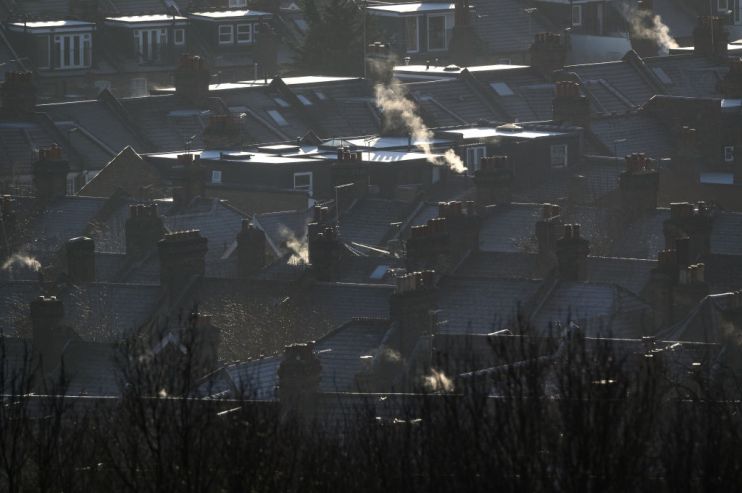Brits brace for worst cost of living squeeze since 1990

Brits are set for the worst cost of living squeeze in recent history in just a few months’ time, reveals fresh forecasts released by the Bank of England today.
A combination of swelling energy bills and soaring food prices will erode real incomes at the fastest pace since in over 30 years.
Rampant price rises will pinch Brits’ living standard hard, with the Bank calculating a two per cent drop in real disposable incomes this year, the worst rate of pay corrosion since 1990.
Inflation will peak at 7.25 per cent in April, around two percentage points higher than the Bank’s November prediction.
The alarming forecast comes as the energy regulator, Ofgem, today lifted the cap on energy bills 54 per cent, delivering a near £700 blow to some households.
The fresh forecasts mark another inflation u-turn by Threadneedle Street, who have during the Covid-19 crisis repeatedly undershot the severity of price rises spreading throughout the UK economy.
High inflation is feeding into a cost of living storm that is set to culminate this spring.
A looming 1.25 percentage national insurance and the energy regulator’s price adjustment are also set to take effect in April, also when the Bank’s expects inflation to peak.
In a further sign of the hardship facing Brits, the Bank expects the joblessness rate to climb to five per cent, driven by weaker household spending slowing UK economic growth.
Persistently higher inflation will dial up pressure on Governor Andrew Bailey to tighten policy even further in the coming months to tamp down on price rises.
Some economists and former rate setters have criticised the Bank for contributing to the inflation spike by refusing to tighten policy in the second half of last year even though prices were beginning to rise.
However, Threadneedle Street is pencilling in further rate hikes over the coming year, taking borrowing costs to one per cent by the beginning of next year.
Under the new estimates, inflation does not return to the Bank’s two per cent target until the beginning of 2024.